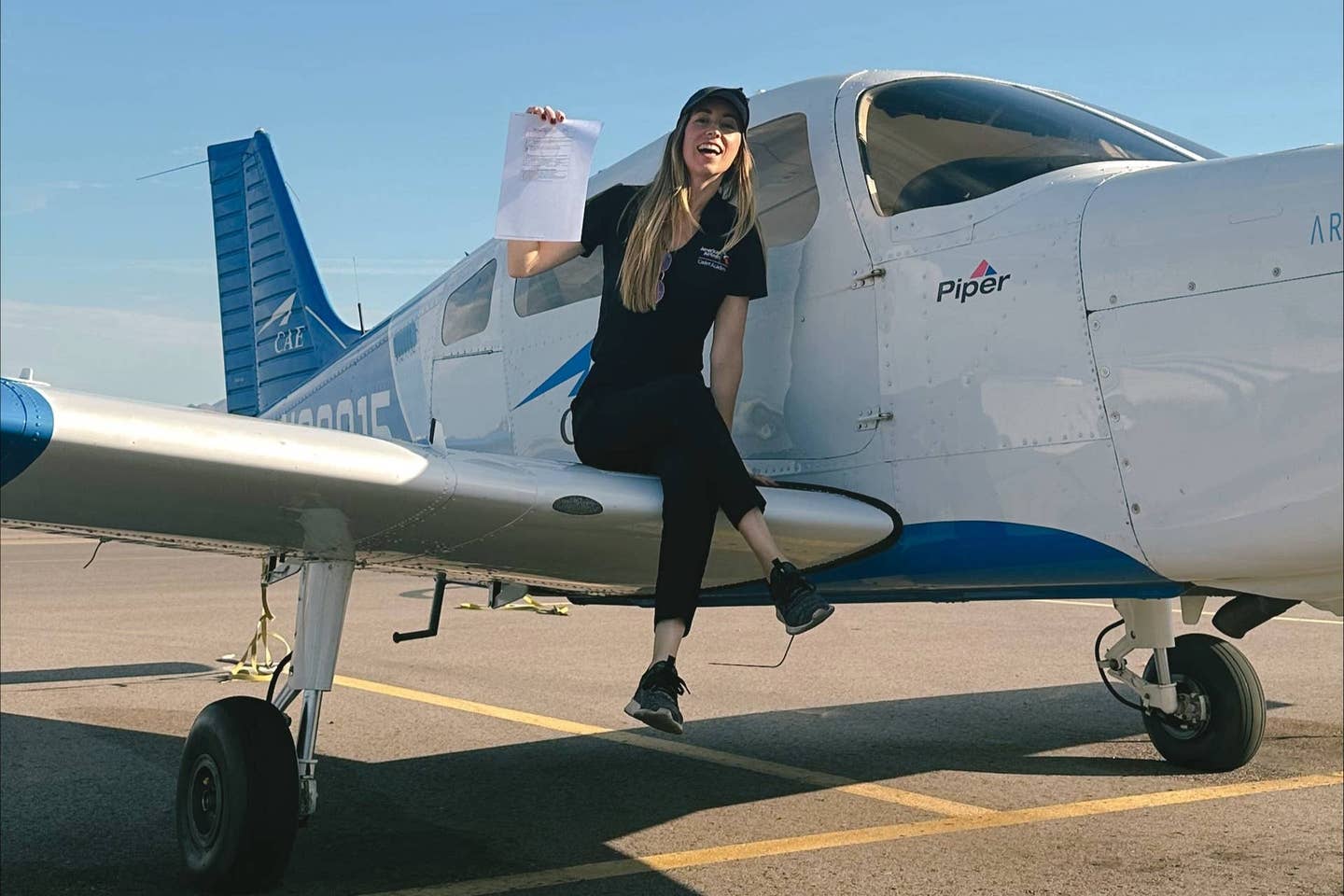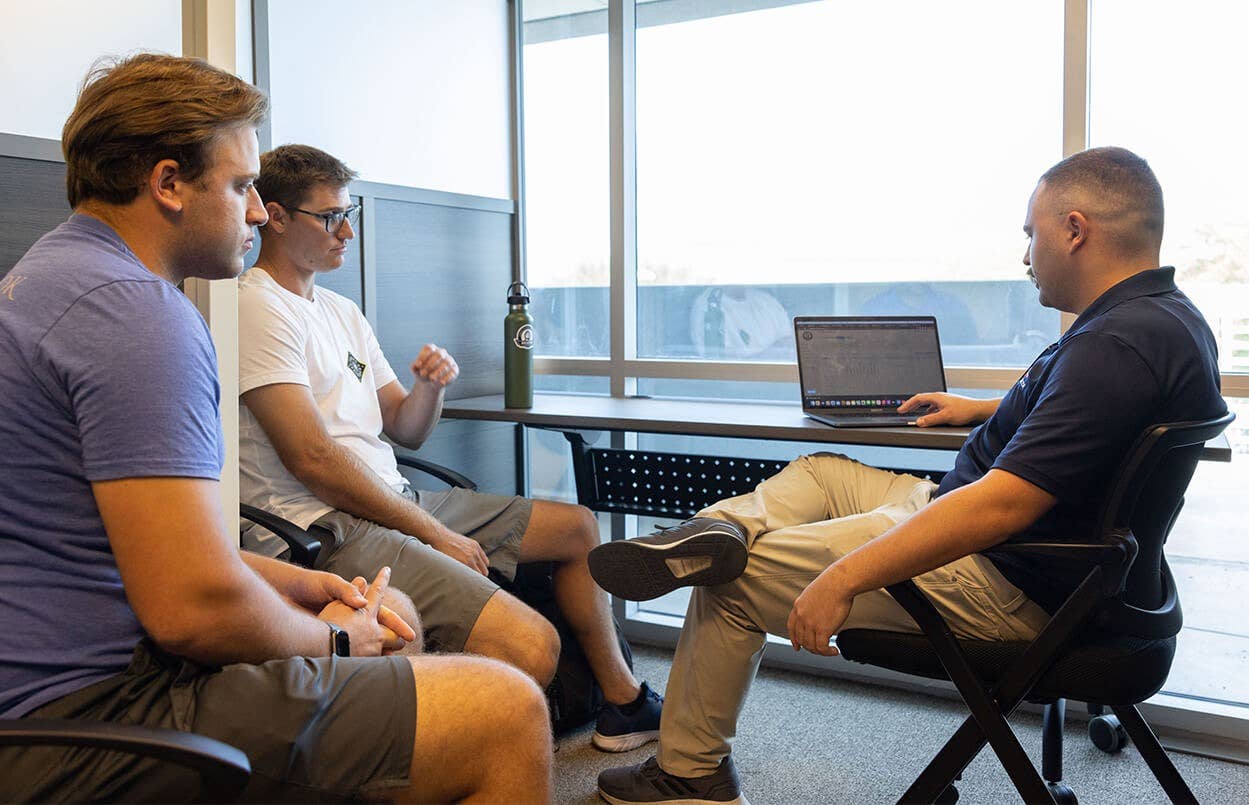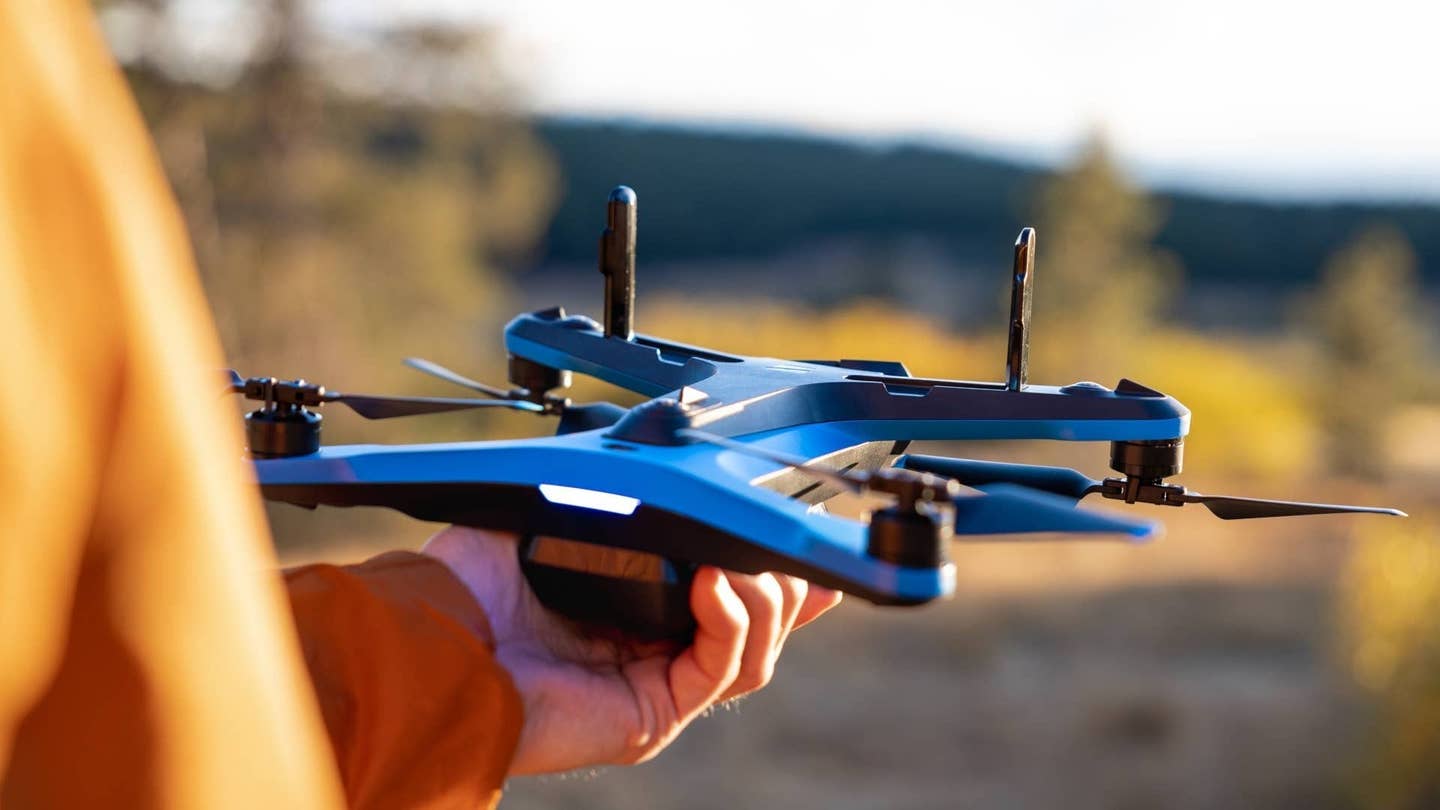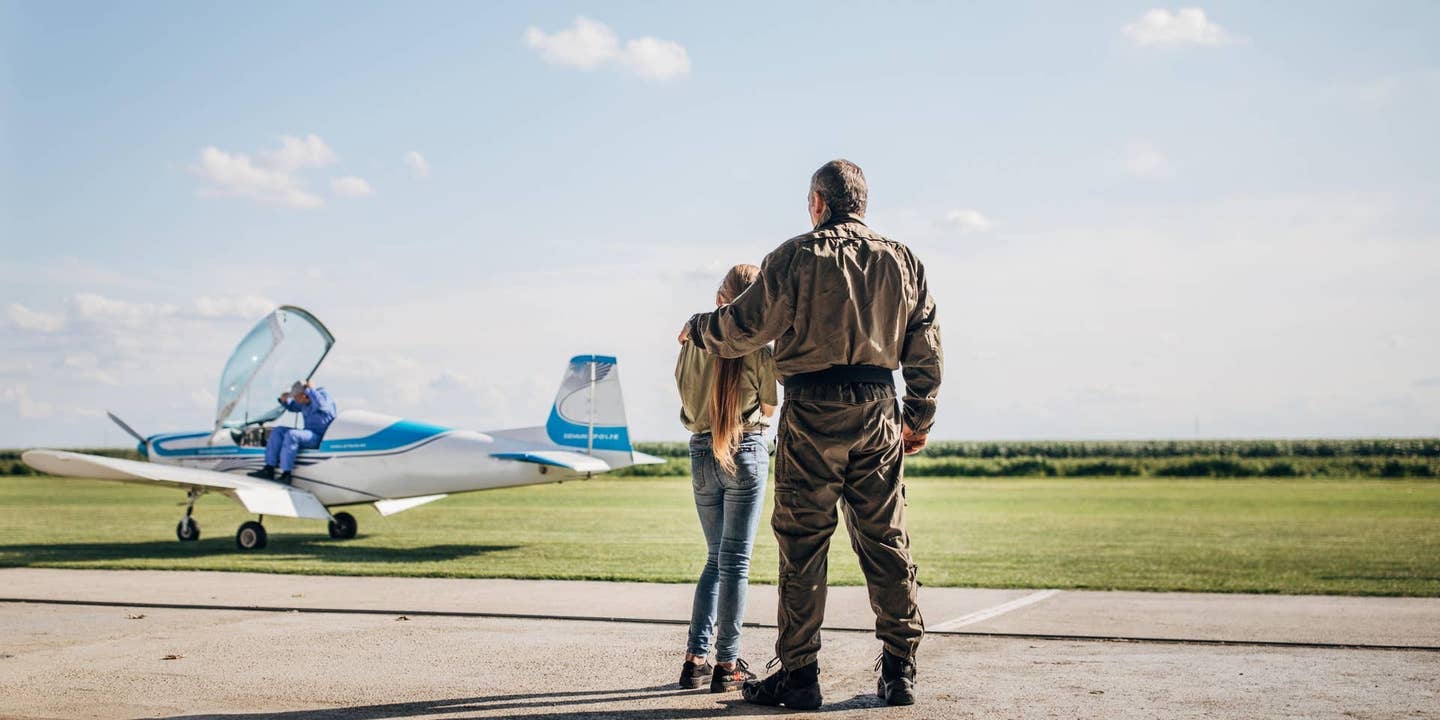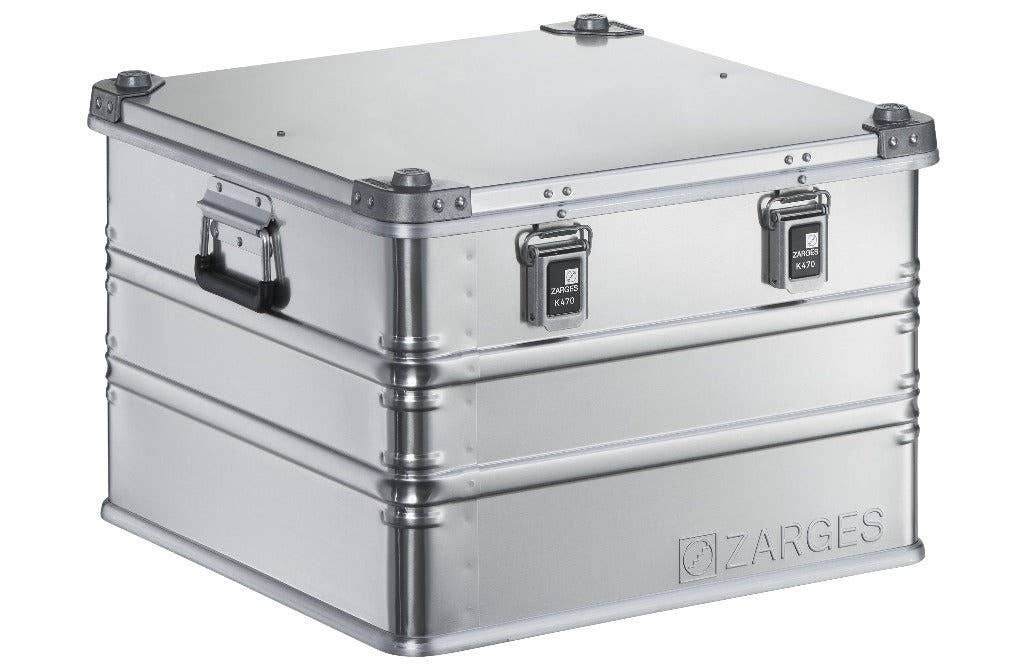Flight Schools in the Northeastern U.S.
Discover flight schools in the Northeast for aspiring aircraft pilots.
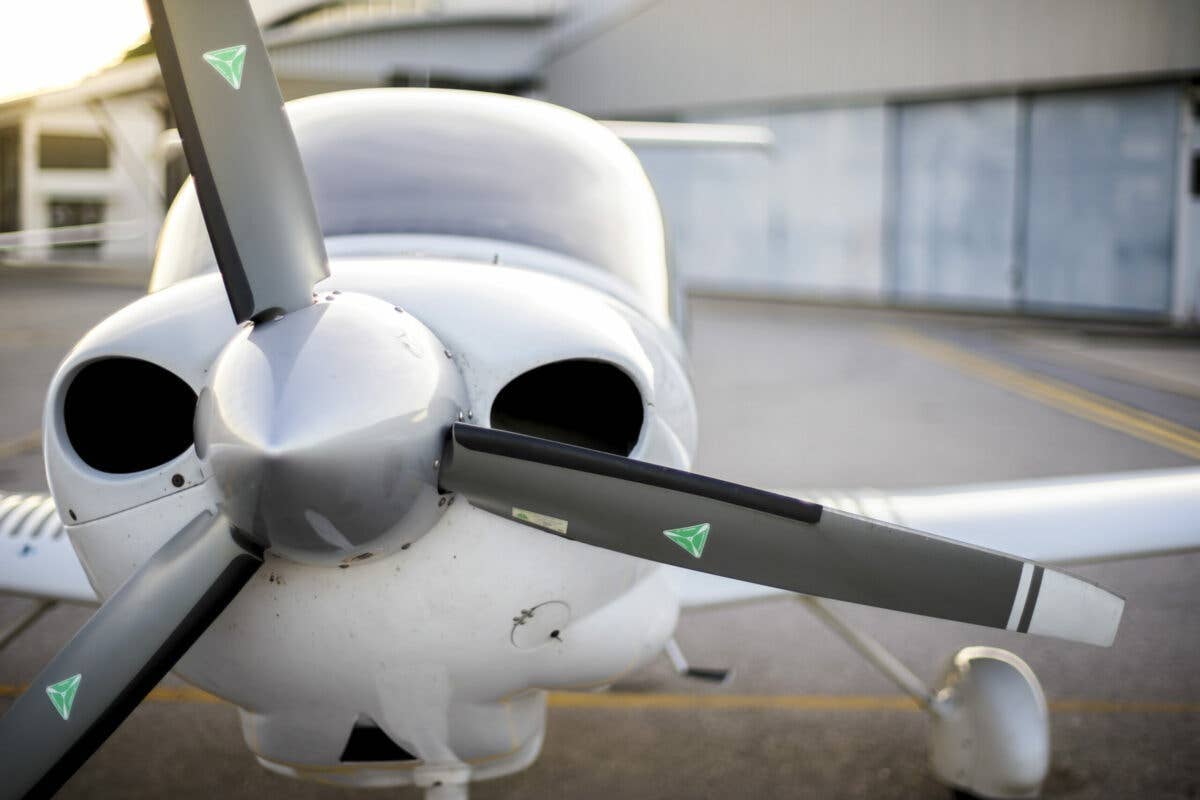
Good flight schools should prioritize safety and work with highly qualified instructors. [Shutterstock photo]
Piloting can be a lucrative and rewarding career. Pilots describe how they enjoy the thrill of takeoff, navigating wind and speed, and experiencing new destinations.
Skilled pilots are in great demand in today’s market. For the best opportunities, it’s important to graduate from an excellent flight school.
There are a lot of options for flight schools in the Northeast U.S., and we did not have the opportunity to review them all. But we did choose these five to showcase. They offer a range of training to meet a variety of career or personal goals.
The Northeast’s diverse terrain and weather create an ideal backdrop for aviation training. Proximity to major airports and population centers affords ample job opportunity.
Find Your Perfect Flight School Match! Dreaming of becoming a pilot but not sure where to start? Flycore makes it easy. Our expert team—made up of pilots and instructors—will match you with a flight school that fits your goals, budget, and schedule. Whether you're training for a private license or aiming for an airline career, we’ll guide you every step of the way. Click here to find your match.
Here are five flight schools in the Northeast that can help you launch your career:
Quick Look: Flight Schools in the Northeastern United States
- New York metro college: Farmingdale State College
- New York metro private: EssexAir
- Mid-Atlantic for job placement: Ocean Aviation Flight Academy
- Mid-Atlantic instructors and affordability: Navy Annapolis Flight Center
- New England fleet variety: East Coast Aero Club
Flight schools in the New York Metro Area
Farmingdale State College
Focus: Four-year college program
Highly rated in the New York metro area is Long Island’s Farmingdale State College. It’s the largest collegiate flight school in the Northeast. It’s also the only school in the state to offer a four-year aviation degree. Tuition is reasonable and 94 percent of graduates go on to find immediate employment. Graduates also qualify for an R-ATP after 1,000 hours instead of the typical 1,500. This enables Farmingdale grads to be employed as airline first officers sooner.
Location: Farmingdale, New York
Tuition and fees:
- In-state tuition – $3,500 per semester
- Out-of-state tuition – $8,500 per semester
- Flight fees – Approximately $9,000 per semester
Financial assistance: Yes – Scholarships, Loans
Accreditation: Yes
Program length::
- Bachelor’s degree – Eight semesters aviation administration, aviation science-professional pilot
- Minor – Four semesters Air Force ROTC, aviation administration, aviation flight, certificate-drone pilot
- Flight program – 1,000 hours
Endorsements:
- Bachelor of Science Aviation Administration
- Bachelor of Science Aeronautical Science: Professional Pilot
- Minor Air Force ROTC
- Minor Aviation Administration
- Minor Aviation Flight
- Drone Pilot Certification
Fleet: 19 Piper PA28 training aircraft: 12 Warrior IIIs, 3 Piper Arrows, 4 Piper Archers; 1 Cessna 172 spin demonstrator, 1 multiengine Piper Seminole for advanced training
Job placement: High graduate employment rate within first year
Virtual learning: No
Want some help from experts? FLYING has teamed up with Flycore to provide a flight school matching service. The team at Flycore are pilots and instructors, and have taught hundreds of students over the years, from casual pilots to airline professionals to private aviation pilots. Click here to learn more.
EssexAir
Focus: Self-paced affordable program
EssexAir is situated just outside New York City at the Essex County Airport (KCDW) in New Jersey. Future pilots can hone their skills in the sophisticated airspace of the New York metropolitan area. Students benefit from flying in and out of an established airport that many other flight schools lack. Instructors are highly experienced with thousands of hours of flight time. You’ll enjoy one-on-one instruction and get into the pilot’s seat on your very first flight.
Location: Essex County Airport, New Jersey
Tuition and fees: Hourly and package flight instruction rates
- Piper Warrior – $165
- Beechcraft Skipper – $155
- Primary Instruction (Private) – $65
- Instrument/IPC – $75
- Commercial Pilot – $75
- Ground Instruction (Private) – $65
- Ground Instruction (Instrumental) – $75
- Ground Instruction (Commercial) – $75
- Flight Review – $75
- Chief Pilot/Stage Check – $85
Financial assistance: Can finance your training through AOPA Flex Aviation Loan
Accreditation: Authorized to conduct training under Part 61 Federal Aviation regulations
Program length: Six months to a year, self-paced
Endorsements: Private Pilot License, Commercial Pilot License, Instrument Rating, Flight Instructor
Fleet: Piper Warrior, Beechcraft Skipper
Job placement: No
Virtual learning: No
There is much to gain from building your pilot skills in the challenging environs of the New York City air space. For more flight schools in New York city and state, take a look here.
Flight schools in the Mid-Atlantic Region
Ocean Aviation Flight Academy
Focus: Accelerated program, partnerships with airlines
With locations in Maryland and Delaware, Ocean Aviation Flight Academy is known for accelerated programs and strong job placement opportunities. You can start with zero hours and complete flight training in as little as eight months. Students benefit from learning in an unrestricted airspace with proximity to the largest cities in the northeast. This flight school earned the AOPA Top Flight School award.
Locations: Ocean City Municipal Airport (KOXB), Berlin, Maryland; Delaware Coastal Airport (KGED), Georgetown, Delaware
Tuition and fees: Ranges from $11,995 for Private Pilot to $49,995 for the Airline Pilot Professional Program
Financial assistance: Loans and deferred payment options
Accreditation: Yes
Program length:
- Accelerated or self-paced
- Accelerated: Private Pilot Course (30 days), Instrument Rating Course (21 days)
- Commercial Pilot Course (45 days), Flight Instructor Course (15 days)
- Accelerated Pro Pilot Course (Commercial Pilot) in as little as eight months. As an FAA-approved flight academy, students can subtract 60 hours off typical requirements to complete the Commercial Pilot Course in 190 hours.
- Instrument Course – 35 hours
- Flight Instructor – 12 months
- Professional Airline Pilot – 36 months
- Finish-up programs – vary per student
Endorsements: Private Pilot License, Instrument Rating, Flight Instructor, Professional Airline Pilot License (Commercial)
Fleet: Brand-new (2022) Cessna Skyhawk Aircraft
Job placement: Yes. Excellent due to partnership with airlines
Virtual learning: No
For ground courses that offer a virtual learning experience, look into a source like Sporty’s Learn to Fly programs, covering instruction from Pilot to Recreational to Sport Pilot ground training.
Navy Annapolis Flight Center
Focus: Affordable program, instructors are Naval pilots
Navy Annapolis Flight Center (NAFC) offers personalized, one-on-one instruction. As a Part 141-approved flight school, students can complete their training quickly with reduced hour requirements. This can result in significant savings. A Part 61 option is available for students who prefer a more relaxed training program. Instructors include former and active duty Naval pilots, and veterans receive reduced or fully reimbursed tuition. You’ll be making your first solo flight after as little as 8-10 hours of instruction.
Location: Edgewater, Maryland
Tuition and fees:
- Private Pilot – $5,120
- Commercial Pilot – $12,500
- Instrument Rating – $6,295
- Flight Instructor Certificate – $4,975
- Flight Instructor Instrument Certificate – $2,660
- Multi Engine Commercial Certificate – $3,085
Financial assistance:
- Flight school grants and scholarships
- Pilot finance program
- AOPA finance
- Personal loans
- Veterans’ benefits
Accreditation: Yes
Program length:
- Private Pilot – 35 flight hours and 30 hours of ground classes
- Commercial Pilot – 190 flight hours plus testing
- Instrument Rating – 35 flight hours and 35 hours of ground courses
- Flight Instructor Certificate – 5 flight hours and 40 hours of ground courses
- Flight Instructor Instrument Certificate – 15 flight hours and 10 hours of ground courses
- Multi-engine Commercial Certificate – 20 hours of ground courses
Endorsements: Airline Transport Pilot (ATP), Commercial Pilot, Flight Instructor CFI, Flight Instructor Instrument CFII, Multi-engine Instructor (MEI), Private Pilot, Drone Certification
NAFC also offers a “pinch-hitter” five-course basic training for the passenger who might have to intervene in the event of a pilot emergency.
Fleet: Cessna 152, Cessna 172N, Cessna 172S, Piper-PA-23-180 Geronimo, Piper-PA-28-161 Cadet, Piper-PA-28R-200 Arrow II
Job placement:: Yes
Virtual learning:: Yes
Some flight schools accept virtual ground school training to complement time spent in the air. WifiCFI is an excellent source for online study courses from Pilot to Commercial and offers FAA written test prep.
Flight School in the New England Region
East Coast Aero Club
Focus: Diverse fleet, tailored Programs
East Coast Aero Club (ECAC) is the largest flight school in New England, with three locations across Massachusetts and New Hampshire. Highly qualified FAA-certified instructors provide individualized instruction tailored to your needs. The club boasts one of the most diverse fleets in the region, including the technologically advanced models. A convenient, pay-as-you-go option is a plus. The ECAC has been recognized multiple times for high standards in flight training excellence.
Location: Bedford and Norwood, Massachusetts; Nashua, New Hampshire
Tuition and fees:
- Private Pilot – $12,234-$15,398
- Instrument Rating – $8,322-$8,852
- Commercial Pilot – $6,208
- Multi-Engine Rating – $5,045
- Certified Flight Instructor – $5,693-$6,968
- Certified Flight Instructor Instrument – $3,898
- Multi-Engine Instructor – $5,242
Financial assistance: Financing options available through AOPA, Pilotfinance.com, Lending Tree, Aero Club of New England, and The Ninety-Nines.
Accreditation: Yes
Program length:
- Private Pilot – 55 hours
- Instrument Rating – 40 hours of instrument training plus a minimum of 50 hours as a pilot in command
- Commercial Pilot – 30 hours, requires a minimum of 250 recorded flight hours and must be completed before earning pilot title
- Multi-Engine Rating – 16 hours
- Certified Flight Instructor – 40-45 hours
- Certified Flight Instructor Instrument – 21.5 hours
- Multi-Engine Instructor – 21.5 hours
Endorsements: Private Pilot, Instrument Rating, Commercial Pilot, Multi-Engine Aircraft, Complex Endorsement, Certified Flight Instructor (CFI), Certified Flight Instructor-Instrument Training (CFII), Multi-Engine Flight Instructor (MEI), Airline Transport Pilot
Fleet: Over 45 aircraft, including Piper Tomahawk, Piper Warrior, Piper Archer, Piper Arrow, Piper Seminole, Cessna 172, Cessna 182, Cirrus SR 22, Diamond DA40
Job Placement: No
Virtual learning: Fifty hours in a flight simulator is available toward the commercial pilot license.
To consider additional options in the New England area, including colleges and helicopter programs, take a look here.
Factors to Consider When Choosing a Flight School
There are important criteria to consider when selecting a flight school that’s best for you:
Location and Weather Conditions
A full range of weather conditions common to the Northeast offers students the valuable opportunity to train in a variety of scenarios they’ll face in the skies. The varied terrain of this region, from mountains to plateaus to coastal stretches, provides a broad experience for the flight student.
Curriculum and Certification Programs
When selecting a flight school, consider your goals and what curriculum or certifications best suit your objectives. Are you flying for recreation? A private pilot license may be sufficient. Are you looking for a career in aviation? Then you’ll want credentials that best position you for success in your field.
Aircraft Fleet and Maintenance
Safety is paramount and so is ensuring your flight school prioritizes it. Equipment should be well maintained. Schools also vary greatly in types of aircraft. Which type of craft applies best to you? Look for schools with excellent records and reputations.
Instructor Qualifications and Experience
Having a highly qualified instructor is of prime importance. Look for schools with instructors who bring many hours of experience to the table. They should have backgrounds in the area of expertise where your interest lies.
Cost and Financial Aid Options
While cost is always a consideration, many flight schools offer financing or pay-as-you go options. Some airlines offer reimbursement. It pays to do your homework.
Job Placement Assistance
If you’re looking for a career in aviation, don’t go it alone. Pay attention to schools that have placement programs and relationships with airlines. They can help jump start your career.
Kick-Start Your Flight Training Today
The first step to achieving your pilot’s license begins with selecting a flight school that best fits your goals, finances, and location. With plentiful programs and options, these top-tier Northeast flight schools are an excellent place to start.
To search further, FLYING’s Flight School Guide offers a comprehensive look at flight schools across the country to help find your perfect fit.
We encourage you to visit campuses where possible. Talk to current students and alumni to find out more.
Whether you want to launch a meaningful career or pursue an exhilarating hobby, we hope this curated list will help you take that first step toward achieving your aviation aspirations.
Want some help from experts? FLYING has teamed up with Flycore to provide a flight school matching service. The team at Flycore are pilots and instructors, and have taught hundreds of students over the years, from casual pilots to airline professionals to private aviation pilots. Click here to learn more.
Now that you have a better idea of what good flight schools are in your area, check out this guide to what gear you should pick up as a new or rusty pilot.
FAQs
Which school has the best flight program?
If you want to pursue a degree in aviation, Farmingdale College is highly ranked in the New York metropolitan area. If your piloting aspirations are aimed at recreational flying, a private school like the East Coast Aero Club could be ideal for your needs.
What is the best state for flight school?
The Northeast offers premier training in varied types of weather conditions and geographical terrain you may face as a pilot. Near major population centers and airports, it lends practice in crowded airspace and offers a wide career opportunity. The Northeast is home to many longstanding aviation communities.
Which school is best for flying?
Each of the schools listed will provide excellent flight training – some have varied programs while others focus strictly on piloting. The Navy Annapolis Flight Center is staffed with many instructors who are former or active naval pilots, offering a unique experience with highly skilled aviators.
How do you know if a flight school is good?
Good flight schools should prioritize safety and work with highly qualified instructors. Quality can also be measured in student outcomes, percent of graduates employed, or partnerships with major employers. The type of aircraft you train on may be a factor, depending on your personal objectives.

Sign-up for newsletters & special offers!
Get the latest FLYING stories & special offers delivered directly to your inbox


